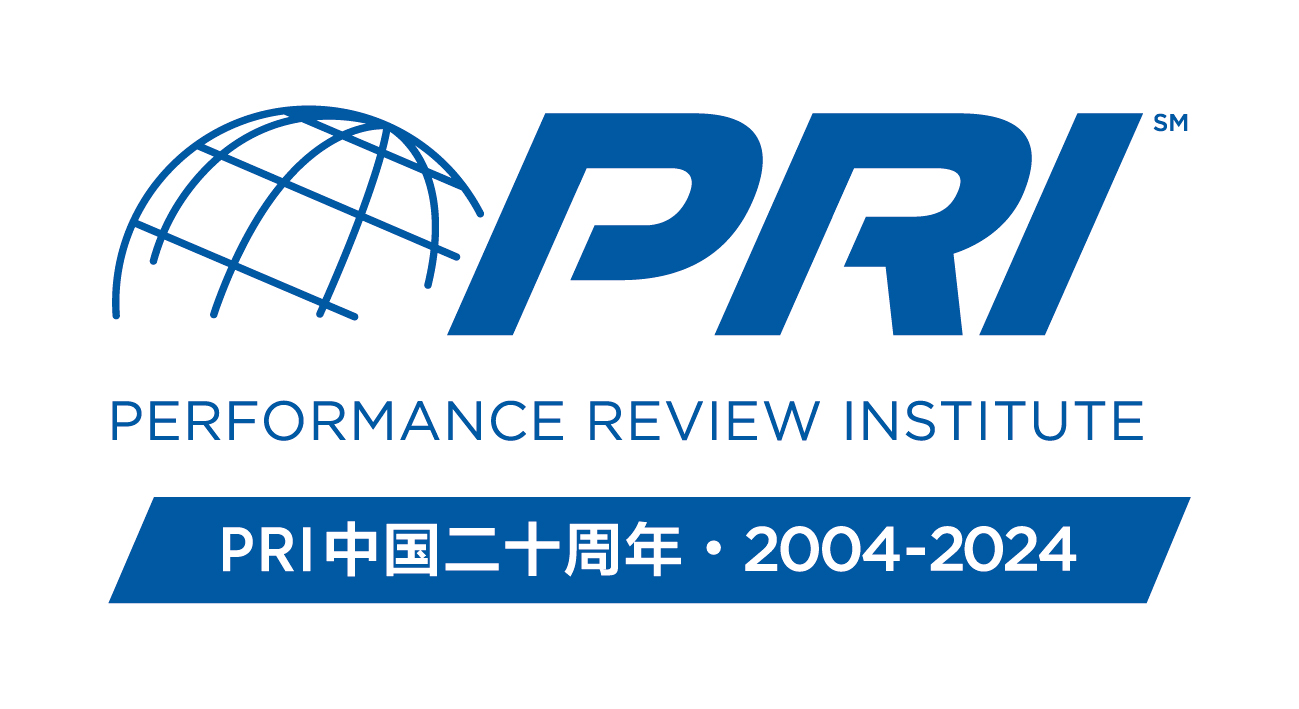项目和服务
- Nadcap
- 认证
- Nadcap会议
- 参加
- 审核员
- Nadcap研讨会
- eAuditNet
- 架构
- PRI体系认证
- 公正性声明
- 批准及认可证书
- 通用过程与政策
- PRI培训
- MedAccred
- 认证
- 参与
- 审核员
- MedAccred活动
- 行业领导和参与
- PRI Qualification
- 知识体系
- 考试
- 参与
- 获批培训机构
- 技术评审委员会
- Performance360
- TPG
- 认证
- 参与
- 审核员
- eAuditNet
- 架构
- PRI CAAP
- 认证
- 审核员
- eAuditNet
- 架构
- PRI QPL
- PRI-QPL(航空航天)
- 制动衬片认证项目
- 润滑油评审协会(Lubricant Review Institute)
Composites – From Mud Straw Huts to Resin Fiber Aircraft
When I first began tinkering with composites back in the 1960’s, I thought I was on the leading edge of technology. I was brought back to earth by an old timer who explained that composite structures really began when man first mixed straw and mud and found the result made for good shelter. Composites has come a long way, but it has taken centuries to get here. Like most Nadcap commodities, our histories stretch back far deeper than present technology would indicate. Modern heat treat began with the industrial age, but its history will lead us back centuries to the Bronze Age and I imagine this is true with our other processes. Personally, I see aircraft composites beginning with the doping of wing fabric back at the turn of the last century, but the real advances came with the development of carbon fiber and modern resin systems in the early seventies.
I am amazed at the advancements in the automated systems that have made it possible to fabricate composite aircraft like the A350 and 787. This progress is well displayed by the revisions to AC7118. When the checklist was originally released, the audit was based on hand lay-up of hand precut plies and was really no different than those methods used back in the 1970’s. Now, let’s take a look at the primary “hands on” job audits and a bit of history. Please note, this piece is not meant to be a technical discussion but more a view of the Composites audit, the checklist, and its auditee pitfalls.
The primary job audits numerically begin with Job audit 13 – Tooling and tool release application. There is not much change here apart from advancements in tool release materials. Some suppliers have installed negative pressure application rooms that provide an excellent control of release agent contamination. However, this room is not a Nadcap requirement, but control of release agent contamination is. You must have a visible means such as a label on the tool, stamp and time in the traveler, or some other method that assures that the tool is not returned to the CCA before the release agent has cured.
Job audit 14 – Ply Cutting – In the 1980’s we took a lead from the textile industry and adapted NC automated fabric cutting to prepreg ply cutting. This was one of the first major time savers in composite fabrication. Plies were cut, collated and could be stored for future use. As long as all ply cuts were proven and established by a First Article Inspection (FAI) and were under configuration control, you can just hit the program and let the cutter do the work.
Job audit 15 – Core Processing – This job audit includes all types of Core Processing; Machining, Potting, Splicing, Septum/Stabilization and Core Forming. These processes are traditional to our industry, but please be aware that core processing only applies to processes that are independent of lay up operations. In other words, if you splice core during a layup operation, it is not considered core processing, it is part of the layup. However, if you splice and cure core on its own, it is core processing.
Job audit 16 – Layup – This job audit includes: Hand Layup, Metal Bond, Liquid Resin Processing, Automated Fiber Placement, Filament Winding, Automated Hot Drape Forming and Structural Adhesive Bonding. Paragraph 16 is the job audit that has seen the most growth through the years. Traditionally, all layup was performed by hand using rather awkward templates for ply location, this could become very cumbersome on large parts.
16A – Hand Layup – A real step forward in the layup process came with laser guided ply projection. This device traces an outline of the ply to be laid up on tool or previous ply surface. Once the system clears FAI, no templates, no measuring (unless verification called out by customer) is required. This was a real time saver for all hand layup processes.
16B – Metal Bond – This job audit is for the assembly of aluminum details, honey comb, and film adhesive only. It does not include the processing of the metal components.
16C – Liquid Resin Processing (LRP) – LRP is a process that fabricates composite structures by the layup of dry fiber, mat, preforms, etc. that are later sealed in tooling, injected with resin, and cured. This job audit is for the lay up dry materials only, the completion of the process is covered in job audits 18 and 19.
16D – Layup, Metal Bond, LRP - This is a “catch all” job audit. It is to be used when an Auditee’s scope is limited. See AC7118 Job Audit Matrix and corresponding flag notes in paragraph 2 for details.
16E – Automated Fiber Placement - Imagine the hand lay up of a fuselage the size of a 787, it is a bit hard to visualize. This is where Automated Fiber Placement comes in. Completely forget lay up as it has been known before the 1990’s. Picture a tool the size of a fuselage segment, this tool is computer controlled to manipulate itself in a fashion that allows prepreg fiber (normally tows of unidirectional prepreg about 0.25” wide) to be laid in place per engineering design. This process continues until the part is complete and ready for cure. This description is slightly oversimplified and there is a lot more hands on work than a pressing of a button, but it is a brilliantly designed system for the task. This job audit will be closely audited and all parameters and record keeping will need to be well in hand by the Auditee. I would suggest a close review of the hand book in preparation for this job audit.
16F – Filament Winding – This process is primarily used in the fabrication pressure vessels and external fuel tanks. The job audit questions are very similar to other lay up methods and there should not be any surprises.
16G – Hot Drape Forming is a process that allows you to layup spars and other simple shapes in the flat and then by heat, vacuum and shaped tooling, the flat laminates are formed into their final shape, and eventually cured in shaped tooling.
16H&I – Adhesive Bonding – These job audits should not be confused with Miscellaneous Bonding, job audit 23. These are new job audits that are meant for a Supplier who performs adhesive bonding only. Since it is a stand-alone operation, two job audits will be performed (16H and 16I).
16 J - Automated Tape Layup (ALT)– ATL is a computer-controlled system that lays down wide prepreg tapes, typically 12”, in the correct orientation, step offs, laps, gaps, etc. on a bonding tool and basically runs until the layup is complete, this system is primarily used on large low contour parts such a flap skin.
Job Audit 17 – Cure Preparation – Not much change here, insure that you perform a leak check per your customer requirements.
Job audits 18 and 19 are related to LRP. Very little has changed in the checklist, but the complexity of tooling and parts has opened the door to more time-consuming job audits. Therefore, if you perform this type of work, plan for more audit time.
Job Audit 20 – Compression Molding – This job audit was added a couple of revisions ago and is very straight forward in the questions asked. Make sure that your work instruction is detailed to every step and the operator follows the instructions.
Job Audit 21 – Cure – This job audit relates to cure verification. When we call out a cure, we mean any cure. From the extreme autoclave cure - 350°F, 90 PSI, full vacuum, ramp rate verified every minute, cool down ramp rate and part removal from the tool. Oven cure - temperature, vacuum, ramp rates and part removal from the tool. Even a room temperature cure, vacuum, clamp or stand alone. I hope my point is made; every type of cure needs to be recorded and every attribute verified by Quality Assurance. Cure cycles and the software that runs and verifies them have become a critical component of cure cycle auditing. These requirements are well spelled out in your customer specifications and the AC7118 hand book. Prepare for a very thorough investigation of all cure cycles.
Job Audit 22 relates to post cure trim, both manual and Numerical Control (NC). Not much has changed in this area, although in the old days water base coolants were used, even in manual trim. This is rarely seen today.
Job Audit 23 – Miscellaneous Bonding. This is usually the adhesive bonding of non-structural parts using a paste adhesive. The bonding of inserts is also acceptable for a Miscellaneous Bonding job audit. Remember to wear cotton or customer approved gloves when handling parts and adhesive. A non-conformance (NCR) will be issued if gloves are not used during this operation, unless the requirement is relieved by customer specification.
One of the early revisions to AC7118 added non-metallic material testing to the checklist, this addition is represented by job audit 24. This job audit is to be used for in-process or relife testing only, not for receiving inspection. By revision “C”, a separate Non-Metallic Material Testing Checklist (AC7122) was added by the Task Group. This checklist is far more detailed and demanding than job audit 24, however, it is only required if mandated by your customer.
That was a quick review of the “hands on” job audits. The next eQuaLearn newsletter, which will be released in September, will address the misunderstood questions and NCRs in paragraph 2-12, as well as common questions that seem to arise during every audit. Understanding the checklists questions is key in avoiding an NCR during an audit. eQuaLearn offers Nadcap Audit Preparation and Checklist Review courses that provide a review of the various audit checklists and will provide guidance and solid preparation for an upcoming audit. I wish that these classes were available when I was on your side of the fence, our first audit would not have been so painful. Upcoming eQuaLearn Nadcap Audit Preparation–Composite courses are scheduled in Birmingham, UK on 5-6 September 2018 and Torrance, CA on 8-9 October 2018. Please visit the eQuaLearn website for complete details or contact an eQuaLearn team member with any questions.
Written by Dave Kennedy, eQuaLearn Instructor for Composites.
Disclaimer: The views and opinions expressed in this article are those of the author and do not necessarily reflect the position or views of the Performance Review Institute or any of its employees or programs.





